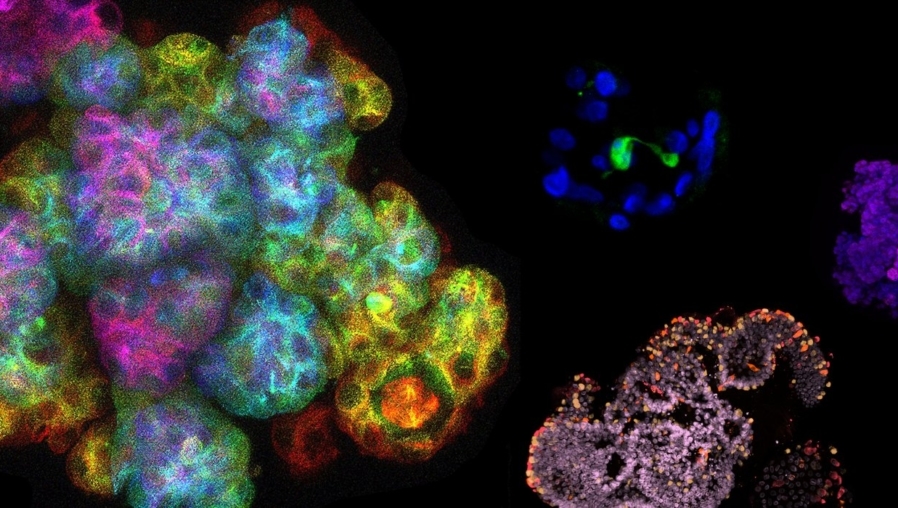The revolutionary development of mini-organs

This is the story of the revolutionary development of mini-organs – organoids – and the countless ways they help us develop and implement personalized treatments. A story about the future of medicine from a group of scientists from Utrecht Science Park, who started this adventure out of…curiosity.
Developing mini-organs of a patient that can be used in the laboratory to investigate which medicine is best suited to that person. It is happening at Utrecht Science Park. The University Medical Center Utrecht (UMC Utrecht) and Utrecht University were the first in the world to clinically apply organoids. “This invention suddenly gives people access to life-saving medicines.”
In 2009, Hans Clevers, a stem cell biologist at Utrecht University, made a discovery that would change healthcare forever. In his laboratory at the Hubrecht Institute at Utrecht Science Park, something had been grown that looked like a real intestinal tract under the microscope, but that was located outside the body and was made from the intestinal cells of a mouse. This was the first organoid in a series of organs-in-a-dish that revolutionized personalized medicine worldwide.
Today, the possibilities of these mini-organs are enormous: from finding the right treatment for very serious genetic diseases, infectious diseases and various types of cancer to understanding difficult neurological disorders such as schizophrenia, bipolar disorder and autism – without having to poke around in someone’s brain. We also know that patients who die due to a shortage of donor organs will soon be a thing of the past.
So how exactly do organoids work? What can we do with organoids and what doors will they open in the future, for patients and for healthcare? And although it sounds like science fiction, organoids are already transforming the reality of patients.
What are organoids?
The term ‘organoid’ is used to describe 3D structures grown from stem cells derived from human or animal tissue. Simply put, organoids are miniaturized and simplified versions of organs grown outside the body. They are small – at most one millimeter in diameter – and therefore do not come close to the size or shape of the ‘real’ organ. Although organoids are not yet the same as real organs in terms of structure and interconnectivity, they still mimic them quite authentically. Organoids are revolutionary for science and healthcare; they push the boundaries of personalized medical treatment.
In the past decade, researchers at Utrecht University have created organoids from almost every living tissue: liver, kidney, intestine, lung, retina, tongue, heart, pancreas and brain. The main ingredient for organoids is stem cells. But to grow organoids that mimic the micro-anatomy of real tissue or an organ as faithfully as possible, it is also necessary to have the recipe for each organoid exactly right. The fascinating thing about the process of ‘cultivating’ or growing organoids is that the isolated stem cells divide and then assemble into recognizable tissues, without the input of an entire body. For example, a brain organoid creates brain neurons that come together to transmit nerve impulses.
Because organoids mimic real organs so well, scientists use organoids to study organ development and disease. The mini-organs can be stored in biobanks and used for scientific research, drug testing, disease modeling, precision medicine, and regenerative medicine.
A special aspect is that organoids can be personalized. One day, scientists could put your stem cells—taken from a small tissue sample or biopsy—in a chemical cocktail, so that they divide and assemble in that tiny dish into a miniature version of your kidney or liver. All this to test and see how you respond to certain medications. A giant leap forward in personalized medicine—and in the size of a chia seed!
Sources: Utrecht University and Utrecht, Heart of Health